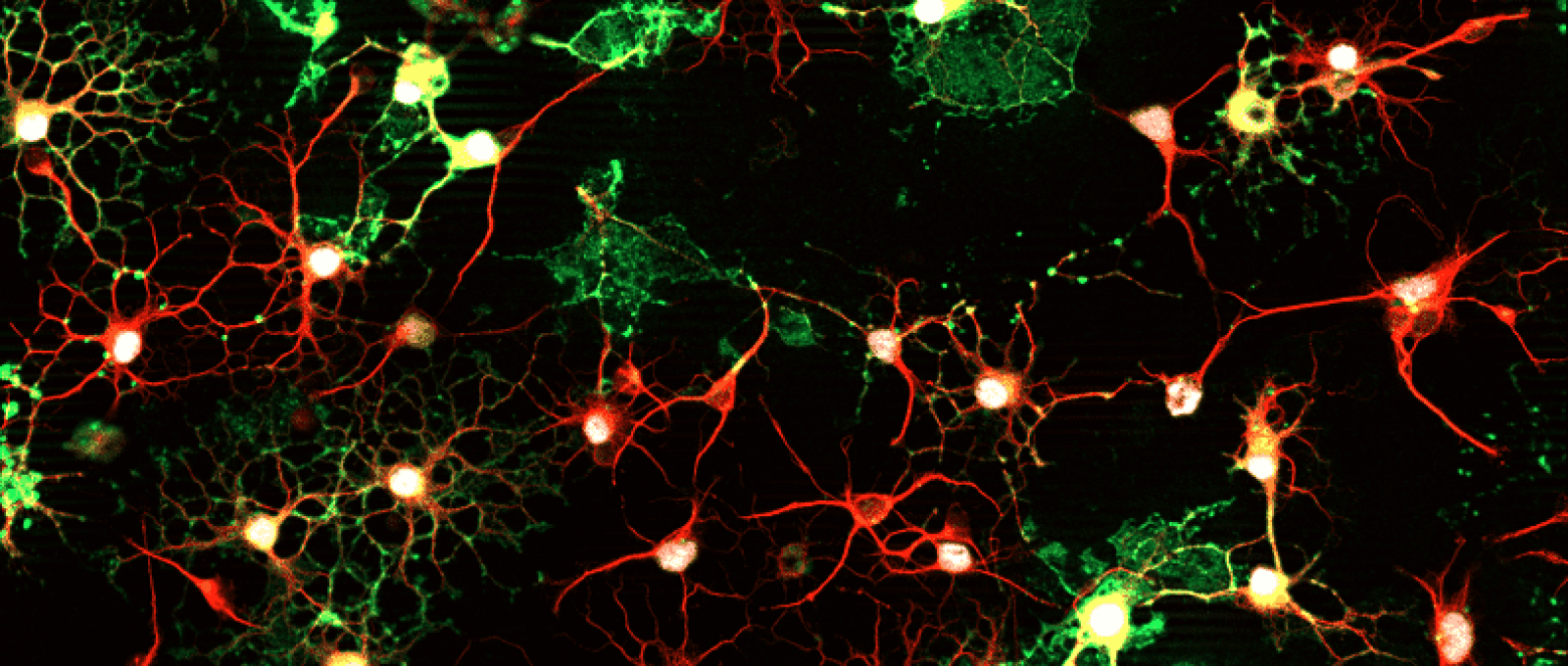Description de la soumission d'un avis

Developmental Biology Institute of Marseille

Teams
Select a team
- Transcriptional regulatory networks in development and diseases
- Neural plasticity in cancer development
- Chronic Pain: Molecular and Cellular Mechanisms
- Polarization and binary cell fate decisions in the nervous system
- Neural Stem Cell Plasticity
- Evolution & Development of morphology and behavior
- Molecular Control of Neurogenesis





